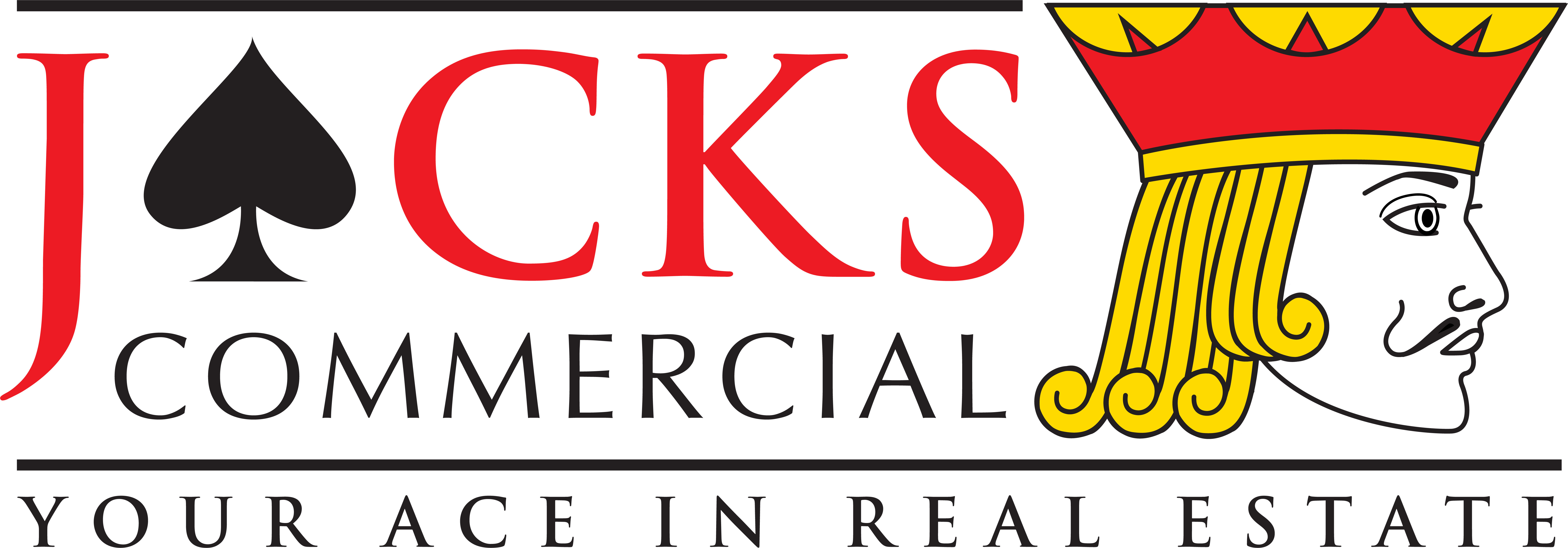
Sacramento's industrial real estate market has emerged as one of Northern California's most dynamic investment opportunities, driven by explosive e-commerce growth, supply chain optimization, and the region's strategic logistics advantages. For investors seeking stable cash flows and long-term appreciation potential, Sacramento's industrial sector offers compelling opportunities across multiple property types and investment strategies.
Market Fundamentals Driving Growth
Sacramento's industrial market benefits from several converging trends that show no signs of slowing. The region's central location provides efficient access to major population centers throughout Northern California, while lower costs compared to Bay Area markets make it an attractive alternative for businesses seeking operational efficiency.
The ongoing shift toward online retail has created unprecedented demand for distribution and fulfillment facilities. Sacramento's proximity to major ports, extensive highway infrastructure, and available land make it ideal for companies building resilient supply chains that can serve both Northern California and inland markets.
E-Commerce Impact on Industrial Demand
The e-commerce revolution has fundamentally changed industrial real estate requirements, creating opportunities for informed investors. Traditional warehouse space designed for business-to-business distribution often lacks the features necessary for e-commerce operations, creating demand for new construction and significant renovation projects.
Last-Mile Delivery Facilities: The growing expectation for same-day and next-day delivery has created enormous demand for smaller distribution centers closer to population centers. Sacramento's suburban growth provides opportunities for last-mile facilities that serve both the metropolitan area and surrounding communities.
Fulfillment Centers: Large-scale facilities that can handle high-volume order processing require specific design features including high ceiling heights, extensive dock doors, and sophisticated technology infrastructure. These properties command premium rents and attract creditworthy tenants.
Returns Processing: The growth in online retail has created a parallel need for facilities that handle product returns, refurbishment, and redistribution. These specialized facilities represent an emerging niche within Sacramento's industrial market.
Cold Storage and Specialized Logistics
Sacramento's central location and growing population have created strong demand for cold storage facilities serving both local consumption and regional distribution. The rise in meal delivery services, online grocery shopping, and pharmaceutical distribution has expanded beyond traditional food service to create diverse tenant demand.
Temperature-Controlled Storage: Beyond traditional freezer and cooler space, demand exists for facilities that can maintain specific temperature ranges for pharmaceuticals, electronics, and other sensitive products.
Cross-Docking Facilities: Properties designed for rapid product transfer between transportation modes serve companies optimizing supply chain efficiency while minimizing inventory costs.
Specialized Storage: From automotive parts to building materials, different industries require specific storage solutions that command premium rents from creditworthy tenants.
Geographic Opportunities Within Sacramento
Airport Area: Properties near Sacramento International Airport benefit from air cargo access while offering competitive rents compared to San Francisco Bay Area airports. This location particularly appeals to companies handling high-value or time-sensitive products.
Highway Corridors: Facilities along Interstate 5, Interstate 80, and Highway 99 provide strategic advantages for regional distribution while offering development opportunities as surrounding areas grow.
Suburban Industrial Parks: Established industrial areas in communities like West Sacramento, Elk Grove, and Roseville offer stable tenant bases and renovation opportunities for properties serving local markets.
Emerging Areas: Growing communities on Sacramento's periphery present opportunities for forward-thinking investors willing to anticipate infrastructure development and population growth.
Investment Strategies and Property Types
Core Investments: Newer facilities leased to creditworthy tenants provide stable cash flows with minimal management requirements. These properties typically offer lower returns but reduced risk, making them suitable for conservative investors or those seeking portfolio stability.
Value-Add Opportunities: Older industrial properties often provide renovation opportunities that can significantly increase rents and property values. Common improvements include dock door additions, ceiling height increases, and technology infrastructure upgrades.
Development Projects: For qualified investors, ground-up development can provide superior returns while creating properties specifically designed for current market demands. Sacramento's available land and streamlined development processes in certain areas support new construction.
Sale-Leaseback Opportunities: Growing companies often seek to monetize their real estate while maintaining operational control through sale-leaseback arrangements. These transactions can provide investors with creditworthy tenants and properties customized for specific business operations.
Tenant Quality and Lease Structures
Sacramento's industrial market attracts diverse tenants ranging from Fortune 500 companies to growing regional businesses. Understanding tenant creditworthiness and lease structures is crucial for investment success.
National Tenants: Major retailers, logistics companies, and manufacturers often seek Sacramento facilities as part of their expansion strategies. These tenants typically offer long-term leases with built-in rent increases and strong credit profiles.
Regional and Local Tenants: Smaller tenants may offer higher rents and growth potential, though they require more careful credit analysis and may need more hands-on management.
Multi-Tenant Strategies: Properties designed for multiple tenants can provide diversification and potentially higher overall returns, though they require more active management and marketing efforts.
Financial Considerations and Market Metrics
Industrial properties in Sacramento typically offer attractive cash-on-cash returns compared to other commercial property types, while also providing appreciation potential as the market continues growing. Key metrics to evaluate include:
Cap Rates: Industrial properties in Sacramento generally offer higher cap rates than comparable properties in the Bay Area while providing similar tenant quality and growth prospects.
Rent Growth: Strong demand and limited supply in certain submarkets have driven consistent rent growth, providing both current income and future value increases.
Operating Expenses: Industrial properties typically have lower operating expenses relative to other commercial property types, as tenants often handle utilities, maintenance, and other costs under triple-net lease structures.
Future Market Outlook
Sacramento's industrial market benefits from long-term trends that support continued growth. Population increases, supply chain modernization, and the ongoing shift toward e-commerce provide fundamental demand drivers that transcend typical real estate cycles.
However, successful investing requires understanding local market nuances, infrastructure development plans, and changing tenant requirements. Working with experienced local professionals who understand Sacramento's industrial market can help investors identify the best opportunities while avoiding common pitfalls.
The combination of strong market fundamentals, diverse investment opportunities, and Sacramento's strategic advantages make industrial real estate one of the region's most compelling investment sectors for both experienced and novice commercial real estate investors.
